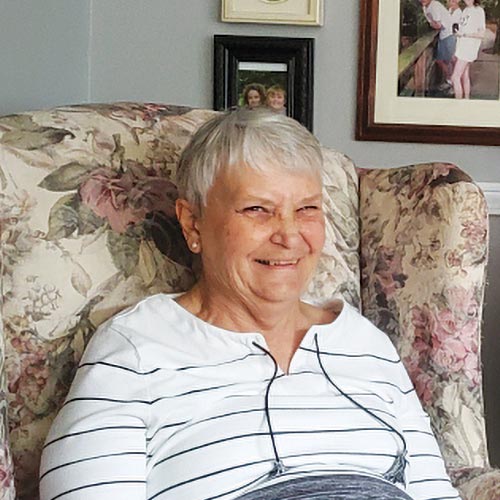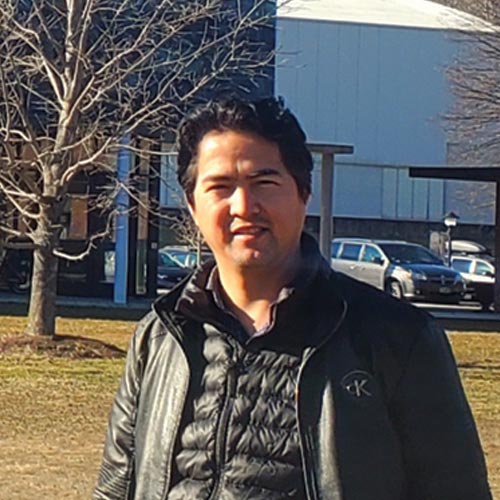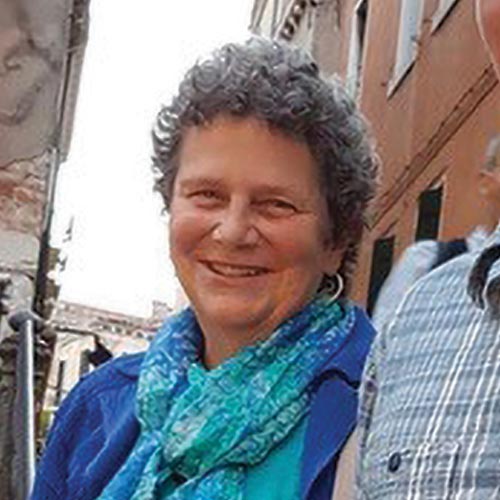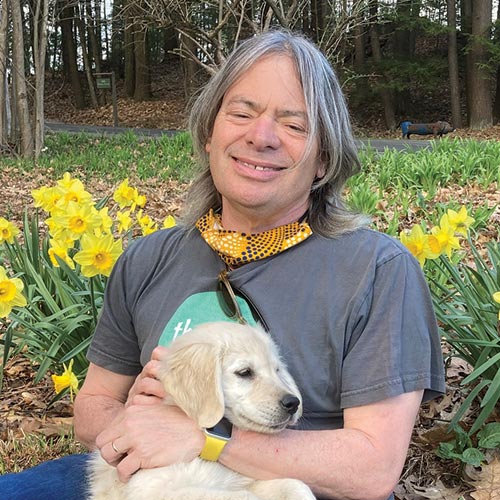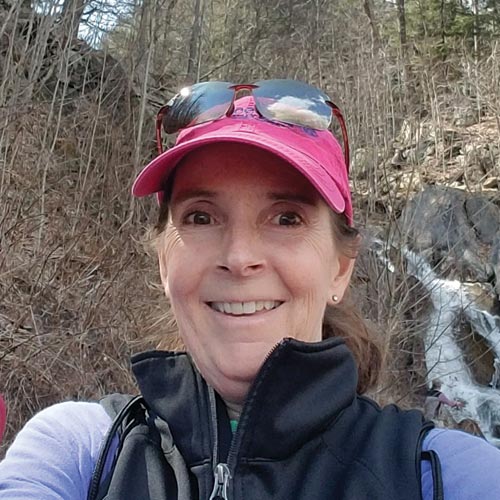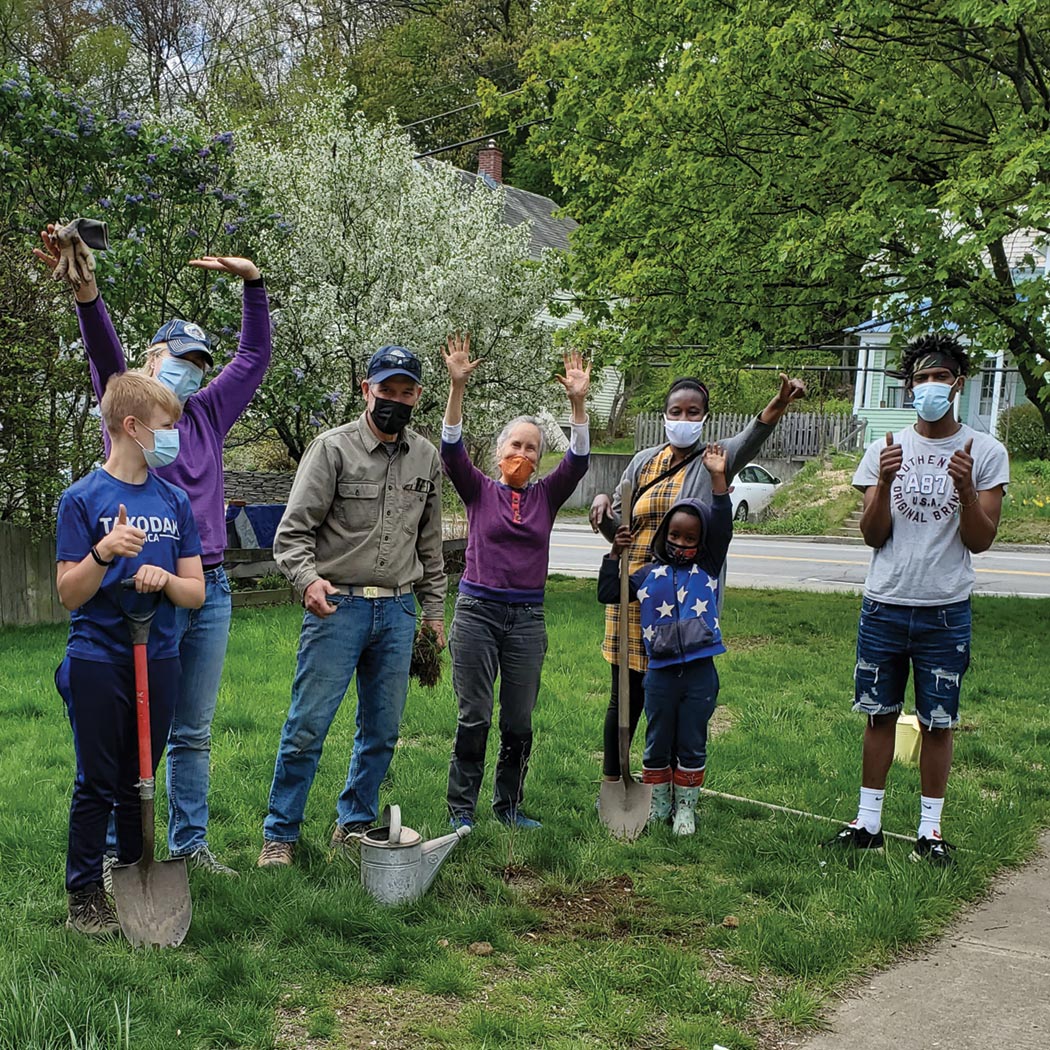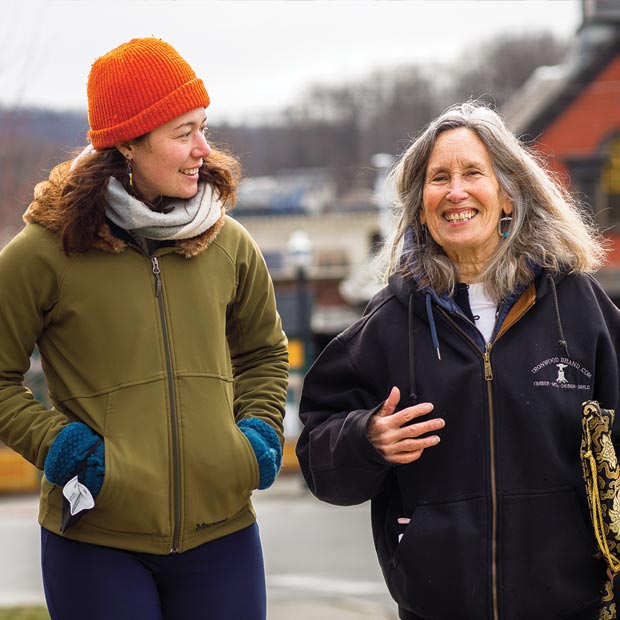
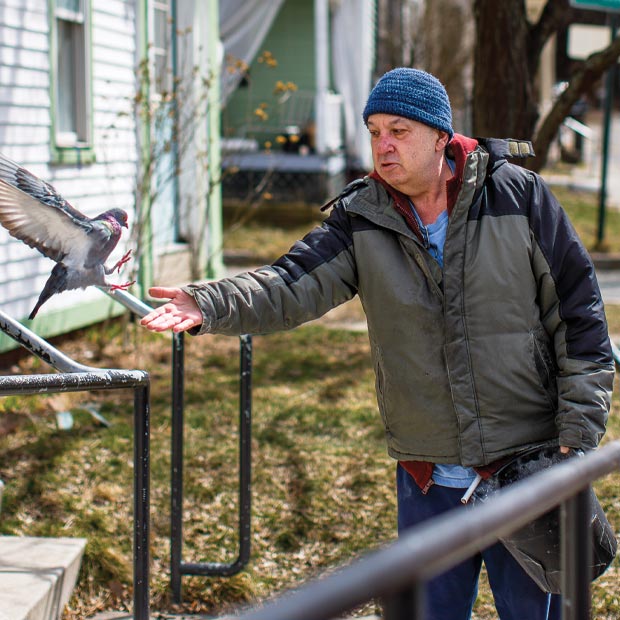
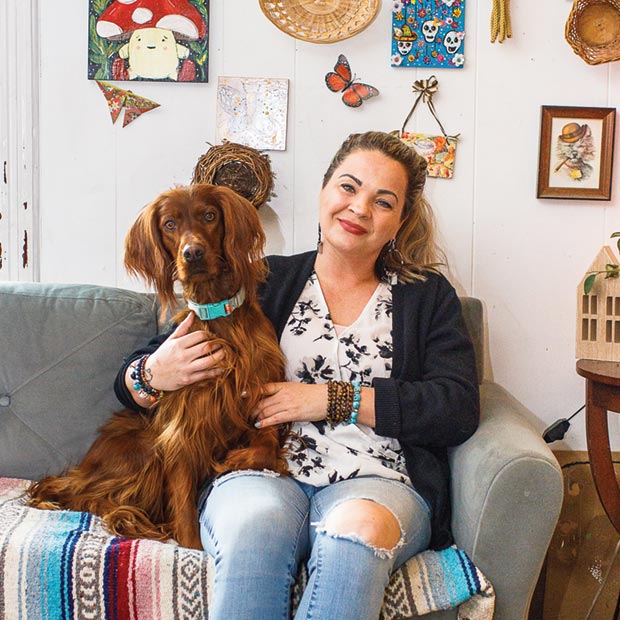
ANNUAL
REPORT

CONTENTS
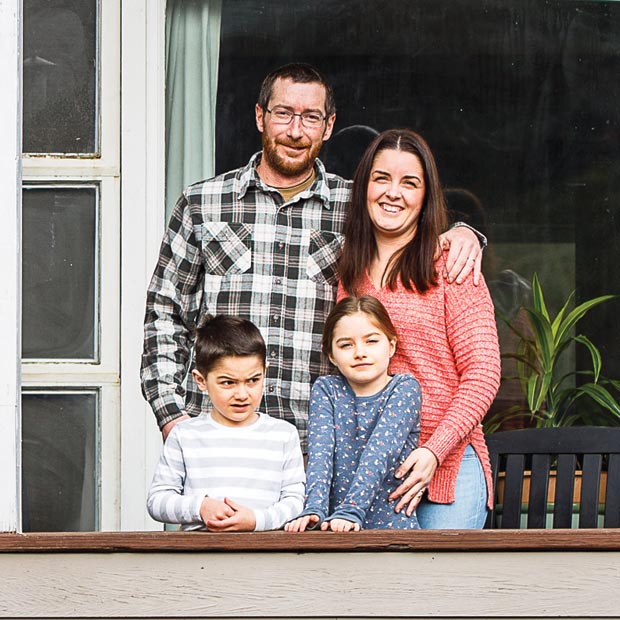
‣ Connecting Homeowners with Resources

‣ Send in the Grandmothers

‣ Confidence Through Stable Housing
A NOTE FROM OUR DIRECTORS
Building Connections
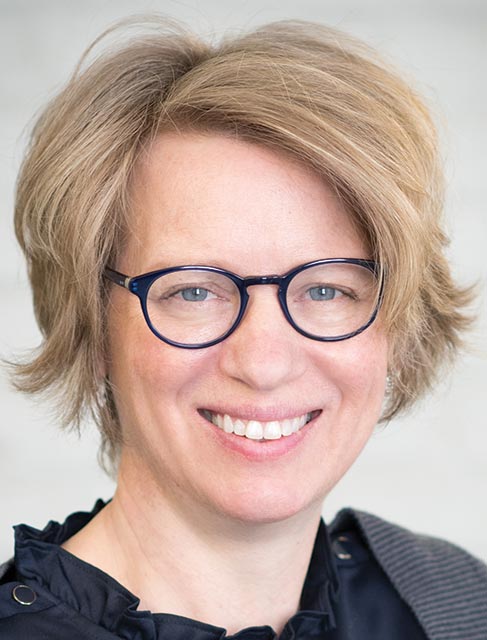
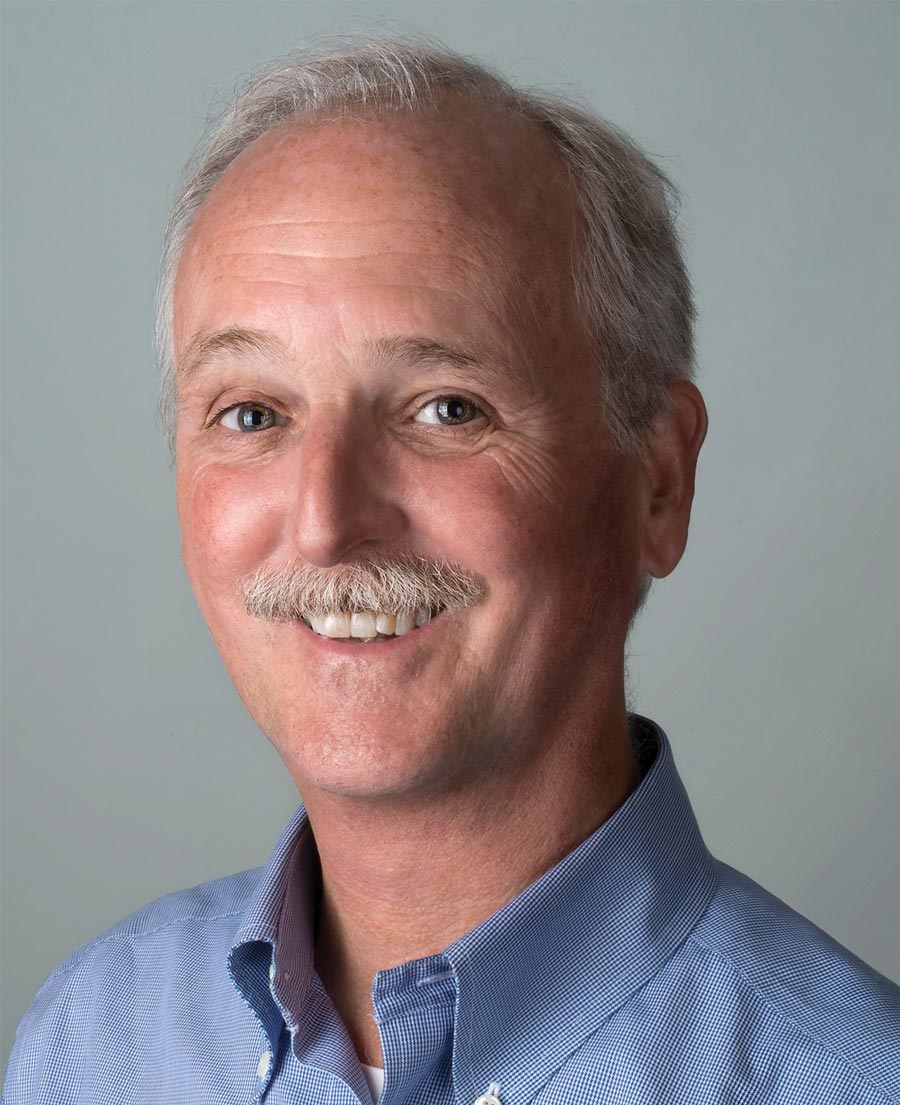
The importance and impact of our mission has never been more clear. In 2021, we saw new people flooding into the communities we serve, some with abundant resources that enabled them to purchase a home with little to no debt. Others came with modest resources and some came with nothing at all, fleeing life threatening situations in their home countries far away. Whatever their reason for coming to Vermont, when they arrived in this unique and beautiful place, they landed in the middle of a full-blown housing crisis that has been impacting Vermonters for years. A tight real estate market got tighter and it became even harder for anyone without significant resources to find a housing opportunity that met their needs.
I’m proud that the Housing Trust provides concrete solutions to the region’s housing challenges and that we continue to evolve and adapt to meet new challenges as they arise. We updated our strategic plan in 2021 and although many of our goals remain the same, some of our strategies have shifted. Most notably is that we added a new team of resident support staff who are tasked with helping residents build community, resolve conflict and access resources. We also increased our housing development capacity to move projects at a faster pace. Finally, we centralized our human resource functions into a new position so that we can better focus on the wellbeing of our staff and nurture a vibrant and inclusive organizational culture.
On the ground, we also accomplished a lot. We advanced three housing development projects that will result in 82 new apartments. 27 are currently being constructed on the site of the old Bellows Falls Garage, 25 apartments have been permitted in Putney, and another 30 are in the design phase and permitting phase in Windsor Village. We also implemented phase 2 of the rental rehab program and brought another 72 vacant apartments back into use and we helped 58 new homebuyers purchase their first homes.
We know that a stable home provides a sense of safety and wellbeing, a place to plants roots and the opportunity to build community. So much of what we accomplished in 2021 supports this and the stories in this report beautifully illustrate it. From Ellen’s story about being the grandmother of the neighborhood to Meghan’s story about buying the home that has been in her family for generations, the impact of our work is clear. We continue to be inspired by the people who benefit from our services and by the people in our community — donors, institutional funders, community partners and legislators — who support our efforts. Together we are making a difference in the lives of everyday Vermonters and paving the way for a strong and resilient community.
We are deeply grateful for this. Thank you.
Executive Director

Board President

Gianna and Chris own a home in Springfield, where they live with their two children, ages 9 and 5. About five years ago, they moved to Vermont on a whim.
They were living in Cape Cod, Massachusetts when they purchased a small fixer-upper on the outskirts of Springfield. “We hadn’t even seen the house, or the town before we moved,” recalled Gianna. “We just wanted to move somewhere that we could live simply and not be in debt.”
Built in the 1950’s, the house was originally an off-grid hunting cabin that needed a lot of work. Over the years, the couple has made a lot of improvements and upgrades, putting their own personal touches on the home. Gianna says they were feeling pretty caught up with the interior, when the roof started leaking. “Then we realized the windows were also an issue. We were looking at a major expense.”
Gianna and Chris started looking for options. Serendipitously, Chris does home weatherization for Southeastern Vermont Community Action (SEVCA), and Efficiency Vermont. Through his employer, he learned about the Green Mountain Home Repair program.
Administered by WWHT, Green Mountain Home Repair offers an affordable way for homeowners like Chris and Gianna to make costly repairs, through low-cost loans, flexible terms, and help with the construction process. Dave Grobe was their Housing Rehab Specialist.
“It was a very good, simple process,” says Gianna, who did all of the research and managed the application process. “Dave was great to work with — informative and helpful. He came and looked over our home and pointed out things that we didn’t know much about. He made things easy to understand. Originally we thought we had to choose between the roof or the windows. But with Dave’s help we found a great contractor, and we were able to do both. This program was truly a lifesaver.”
“Quite honestly, if it wasn’t for this program, we probably would have put the house up for sale,” she adds. “We talked about, should we fix the roof and windows, or put a down payment on another house? We had so much already invested, we didn’t want to give it up.”
Gianna calls the GMHR program a blessing. “It’s an extremely important resource for the community, and it’s particularly helpful for people who don’t have fantastic credit. If you can’t qualify for anything, you can’t fix your property. Being able to stay in your home – that’s priceless.”
“I love where we are,” she adds. “We’re on a quiet dirt road. We have a brook that runs throughout the property, and an awesome willow tree — we have our chickens here. And a big front porch on the front. We love it, and our kids love it — we hope to pass it down to them someday.”
“We are just so grateful to WWHT for this program — it allowed us to stay in our home. We belong here, and we are very happy.”
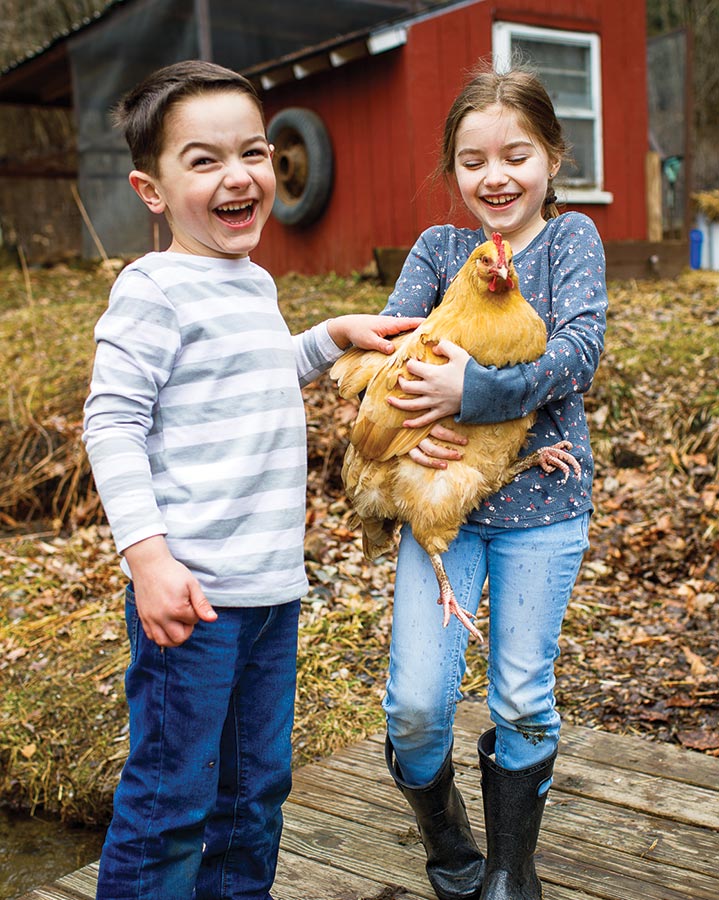
Quite honestly, if it wasn’t for this program, we probably would have put the house up for sale.

Connection and Belonging:
Send in the Grandmothers
Ellen Snyder moved to 109 Green Street in Brattleboro about six years ago. She says she always liked that part of town — the neighborhood feel, the historic architecture, the constant flow of activity to and from the nearby school and park.
Ellen is a retired nurse, and a grandmother, who loves creating connections with people where they are at, or, living in the chaos, as she puts it. She enjoys watching daily comings and goings of neighbors through regular walks as well as from a seat on her front porch.
“People who sit on their porches see a lot, and we have the choice to engage or just watch,” explains Ellen. “Being at home in a community lets you observe, and become a part of, regular daily activities. I’m the kind of person who seeks connection — I just assume that people I meet are interesting. I see people come by with their dogs, and then people come by that are pregnant, then they come by with their babies, and then pretty soon the baby knows my name and I know their name. That has happened.”
As Ellen settled into a regular routine of walks and chats, an idea started forming. How could her experience as a grandmother contribute to her relationships with her neighbors? Couldn’t an entire community benefit from the nurturing support of a grandparent?
“The idea behind the neighborhood grandmother is that the women — and men — who are generally at home, and have time, and have eyes, are important in a community,” says Ellen. “It’s an element that I appreciate myself in this community — that there are people available just for support.”
Over time, and armed with an abundance of enthusiasm and curiosity, Ellen has connected with other seniors who live nearby — contemporaries in both age and a desire to belong. She says it has been a wonderful benefit to find her peers.
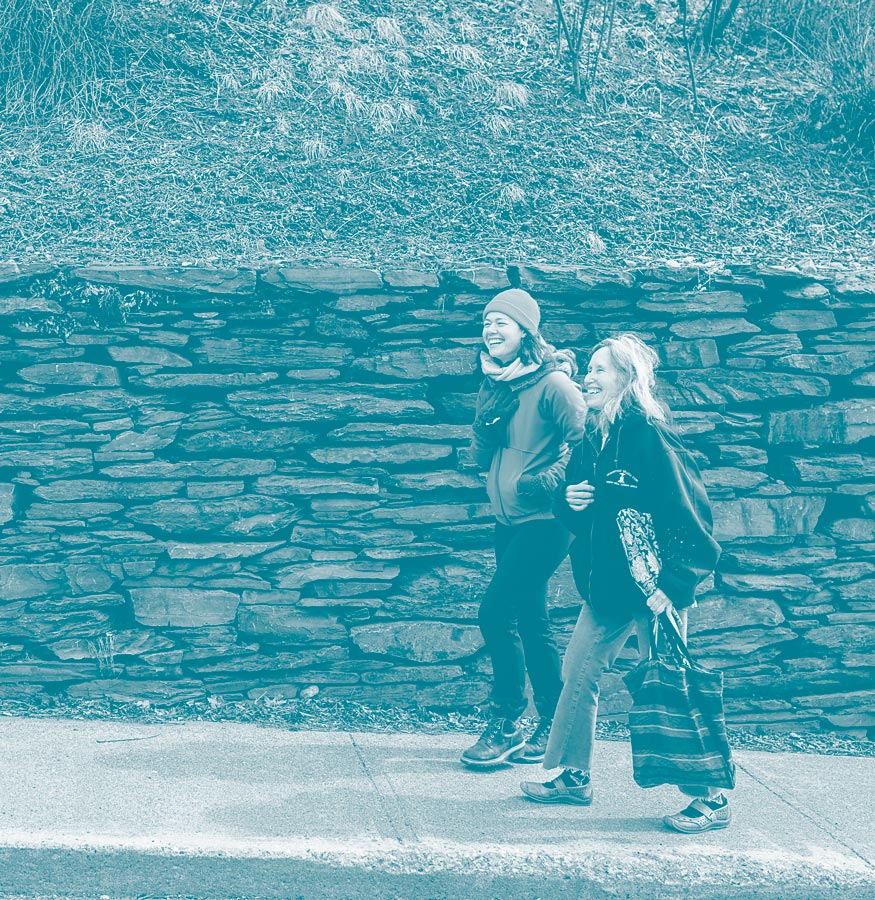
The idea behind the neighborhood grandmother is that the women — and men — who are generally at home, and have time, and have eyes, are important in a community.
According to Ellen, a neighborhood grandmother is neither a program nor a job description. “It’s a perspective — an approach to supportive housing that is non-threatening, uniquely steadying. We can be a stabilizing force in an area of transition. Just by walking around and meeting our neighbors, we can cut across class lines.”
Part of the role, too, is preserving people’s dignity and confidentiality. “We do all have some insecurities, or need help managing everyday life sometimes. So this also becomes a way for older people to stay engaged, and accept help from others. During the pandemic, I, personally, appreciated the availability of the soup kitchens and Brattleboro Eats program, and often I would pick up meals for myself, as well as for my neighbors and friends and deliver them.”
This idea of a neighborhood grandmother sprang from Ellen’s memories of being a nurse in Kansas City. “I worked with high-risk infants, many who came into the world amidst a backdrop of generational poverty. That’s where I saw the grandmothers. They were invisible at first. We would meet the mother and baby, and see what they needed, what their support was. I found over and over, while on paper someone’s situation looked pretty bad, there was a grandmother behind the scenes. And that grandmother was going to make sure that baby had what they needed.”
What Ellen noted was that the grandmother-figure wasn’t always family. Sometimes they were church members. But their role, and their influence was powerful and clear. “So, my way of participating, of addressing inequities and building my community, is by becoming more like the grandmothers that I admired. At one point in my life, I put more of an emphasis on the successful completion of projects, and accomplishment. Those things are not so important to me anymore. I now see the value of being a non-family member of a community. It has brought a lot of meaning.”
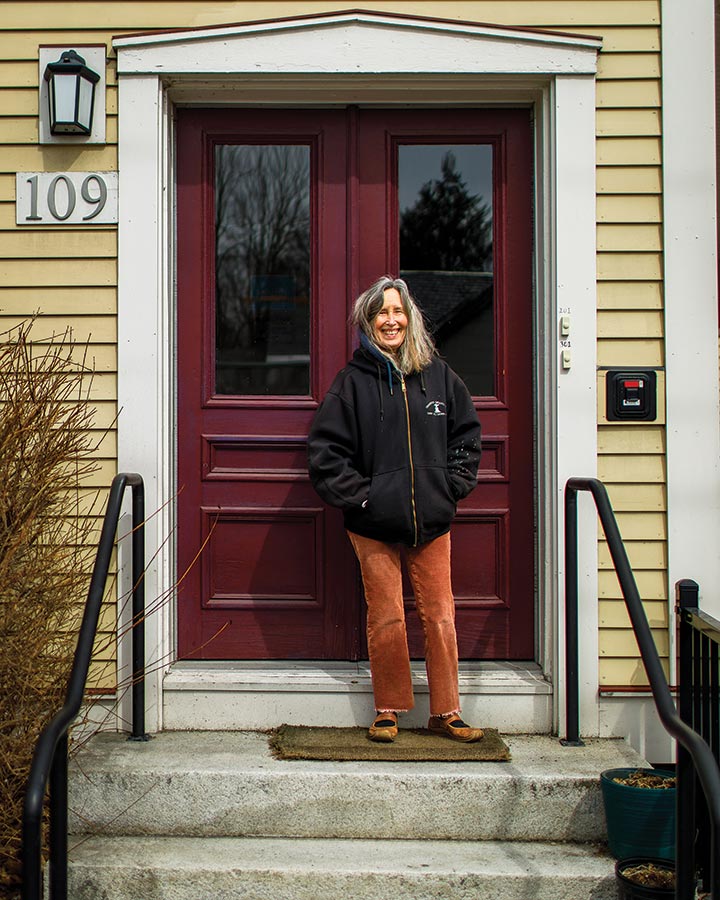
“Being effective can involve being invisible too,” says Ellen. “I was afraid of being invisible at first — I wanted to be recognized. But gradually I found gratification in the actual practice of being me and caring about my neighbors — stopping to chat. It helped me get over myself. Starting with where I live, having lives revealed to me has been enough. It’s deepened my understanding of my own life, and opened up possibilities. I’ve come to realize when you work together, good things can happen.”
“I have the solution,” says Ellen. “Don’t send in the police; send in the grandmothers.”
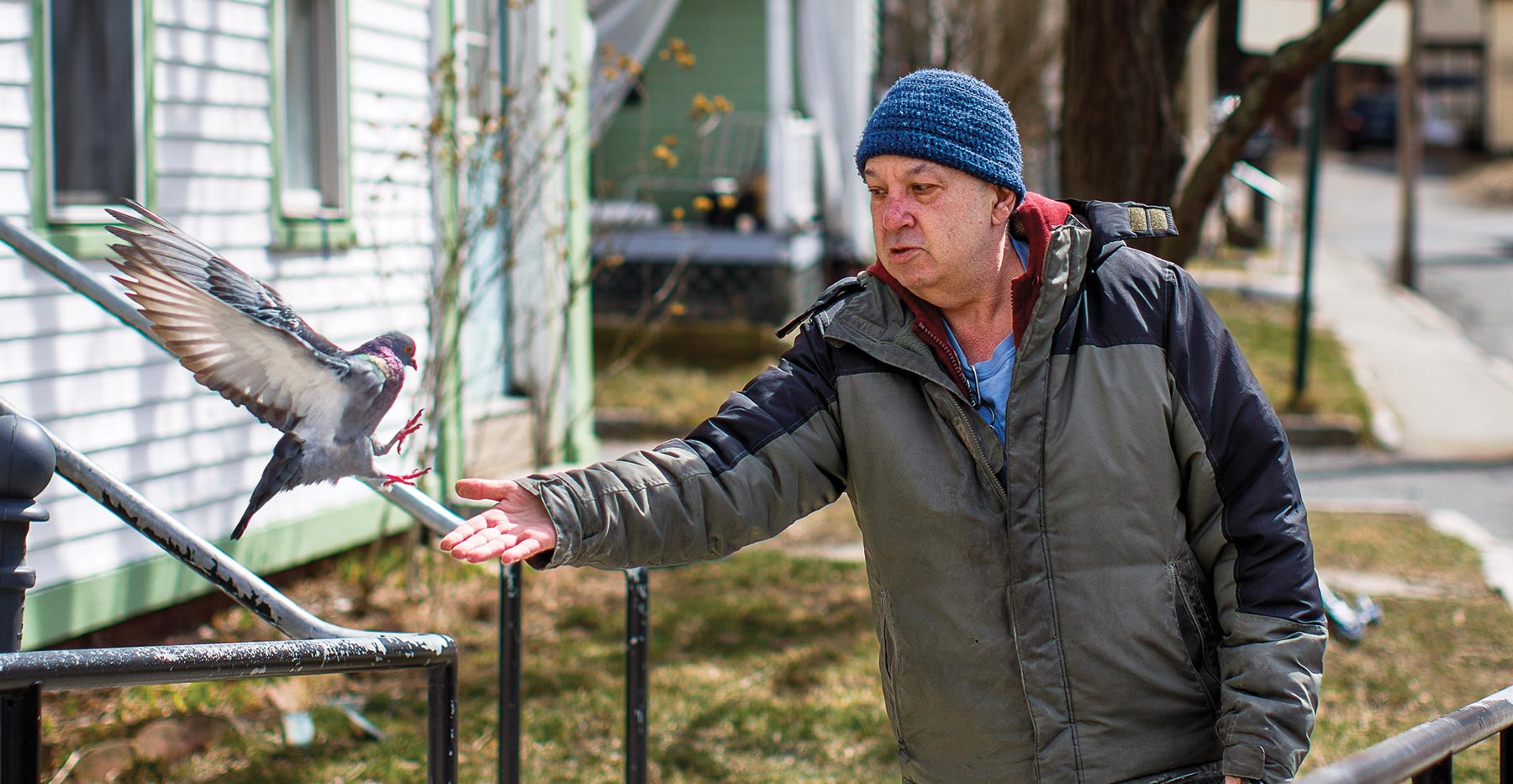
RESIDENT PROFILE
Confidence Through Stable Housing
This year, his patience was finally rewarded, and he moved his few belongings and his pet bird, Beebee, into his own one-bedroom apartment at 50 Canal Street. He even received a donated bed, thanks to the resourcefulness of his leasing agent, Katherine, who coordinated with a community member from Dummerston Cares, and delivered the bed herself.
John sees the upsides and the challenges of living in a shared home. “You’re not sleeping outside – you have a place to go, and that is a big positive. But it can be noisy at times, housemates change, and there’s very little privacy. There were times I didn’t get much sleep.”
In his new apartment next door on Canal Street, sleep comes easier for John. He loves that his neighbors are quiet, and the atmosphere is peaceful. “Once in a while I’ll wake up and wonder where I am,” says John. “I’m still getting used to it.”
He loves the full kitchen, with the microwave, and full-size freezer and refrigerator, and says he is getting back into cooking. “I’m not a bad cook. I love that I can cook whenever I want.” He also loves the spaciousness of the apartment, the on-site laundry facility, and the huge yard including a garden.
Most of all, John is grateful for the privacy his new home affords. “I’ve noticed my attitude has changed,” he says. “I feel a lot happier.” He adds, “I still go visit the old place sometimes. I have some good friends there. It was really important for me to have a place close by.”
John believes that access to stable housing should be a top priority, and is hopeful that, in time, his friends at 34 Canal Street will also find their own housing. He stays connected with them, lends a friendly ear, and commends the WWHT staff for beginning monthly meetings with residents to address their concerns.
John claims that caring for Beebee — who can’t walk or fly — gives him purpose. He is a “bird-whisperer” of sorts, recognizing the birds he still feeds every day in the adjacent church lot when they return each year.
He is happy his new apartment is close by. It mattered, he shared, for keeping up with his feathered friends. “I’m always happy to see them. I guess I prefer the company of animals to people, sometimes,” he jokes.
I feel a lot happier.
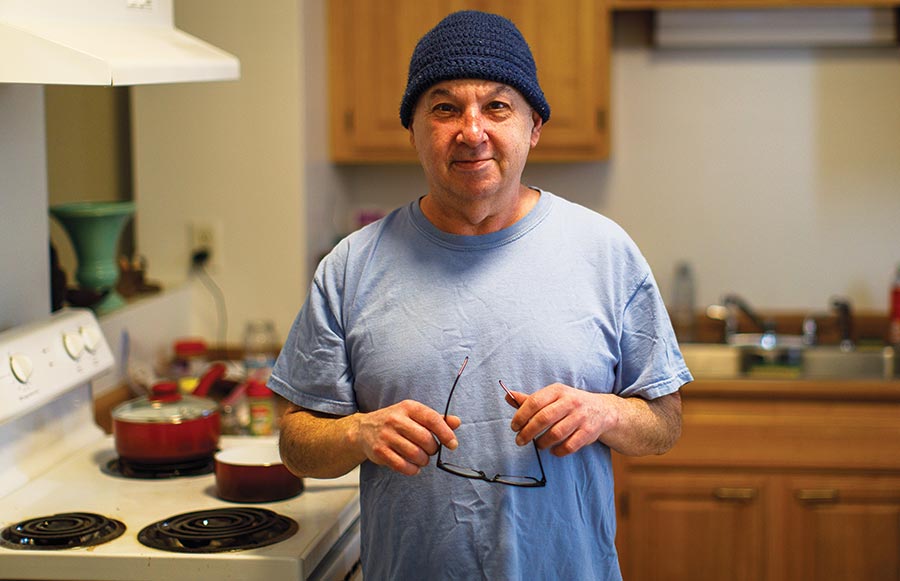
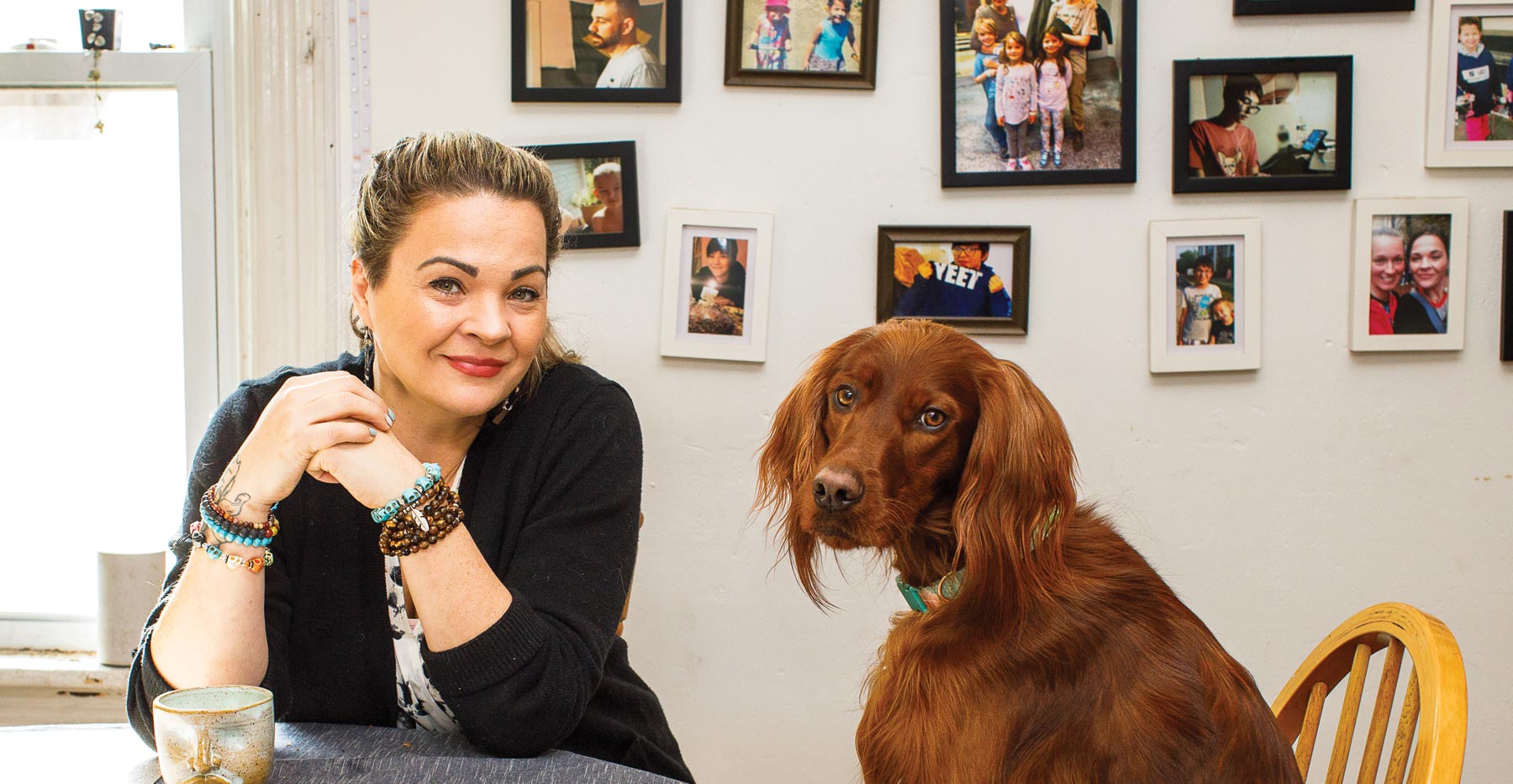
A LEGACY OF OWNERSHIP
Meghan’s Story
Megan and Patrick Applegate moved around a lot during the early years of their marriage and raising their family. They spent time in Alaska, Texas and Virginia, but never felt quite settled, or connected. “We were just trying to find our spot,” says Megan.
Then, an opportunity came up to rent a house in Bellows Falls that belonged to one of Megan’s aunts, and in 2015, the couple and their four children made one more move to Vermont. They immediately felt like they were home. “We found our place.”
Five years later, when Megan’s aunt decided to sell the house, Megan made her own pivotal decision, defied her fears, and enrolled in the homeownership class offered by Windham & Windsor Housing Trust. “I was terrified of attempting homeownership,” Megan admits. “There were a lot of obstacles that I didn’t think I could ever overcome. But I felt like, this is my house — I don’t want to lose my house. I figured I might as well try.”
Over the course of a year, Megan worked with WWHT homeownership specialist, Kayla, on improving her credit score and guiding her through the process of applying for a mortgage. In September of 2021 Megan and Patrick were approved for an FHA loan and became the proud owners of the house they had been renting for 7 years, and that had been in Megan’s family for generations.
“The process was not as scary as I thought it would be,” says Megan. “Kayla was my go-to. She was so knowledgeable, and she broke things down succinctly for me. I would talk to her first before interacting with my loan officer or anyone on the mortgage side. She would always settle my fears, or walk me through anything new that would come up. I felt like I had my own advocate, and that meant a lot.”
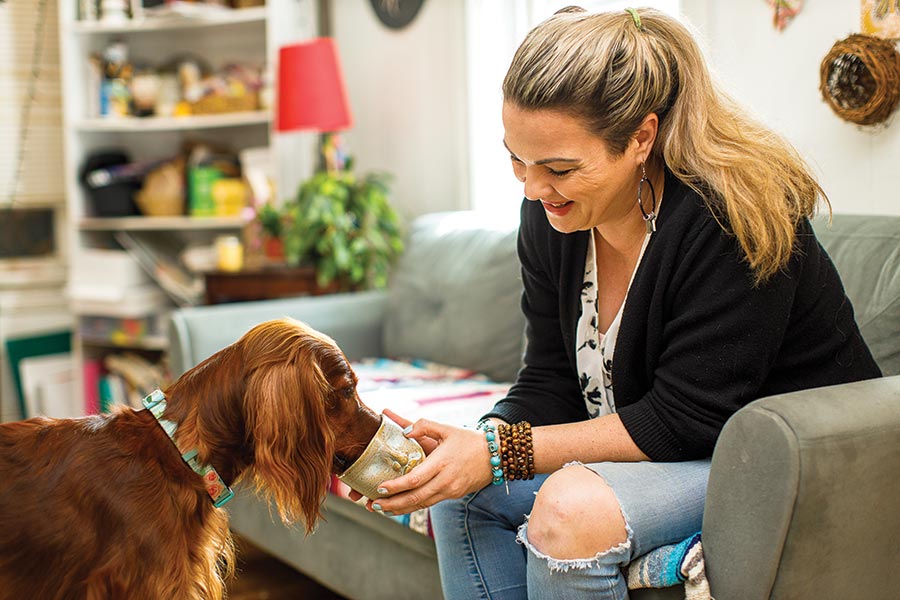
Megan says what she loves the most is that she is carrying on the legacy of the house that has belonged to so many family members. “I grew up visiting this house — grandparents, two sets of aunts, uncles, cousins — even my mom lived here for a while before she passed. When we finally closed, it just felt quite magical.”
As Director of Parks Place Resource Center, an agency that connects people with life-changing resources, Megan’s work often intersects with WWHT. She says she sings their praises every chance she gets. “Honestly, I don’t think enough people know what a gem Windham & Windsor is,” she says. “There’s no reason to attempt or go into this process blind or scared. You don’t have to do this alone. Just to know that there are people trained that know every step of the way is just phenomenal.”
A Closer Look at the 2022 – 2025
Strategic Plan
What came out of that assessment, says Elizabeth, were a couple of key takeaways. “It became apparent to us just how critical support was for our residents, particularly around the desire for community building, resolving resident conflict, and embracing the opportunities available when living in a multi-family community where there are people from a variety of backgrounds and experiences.”
The report also revealed the likelihood of those who had experienced generational poverty, and were living with limited resources, to feel marginalized by others within their building or housing community. Elizabeth says it presented an opportunity to orient their community engagement in a meaningful way. “It really helped us as we were thinking about our equity work and our resident supportive services work.”
Three committees were formed — one looked at opportunities for community impact; a second committee explored ways to increase staff capacity. A third took proposals from the other committees and helped determine their financial feasibility. A Race, Equity, Diversity and Inclusion lens was then used to evaluate all goals.
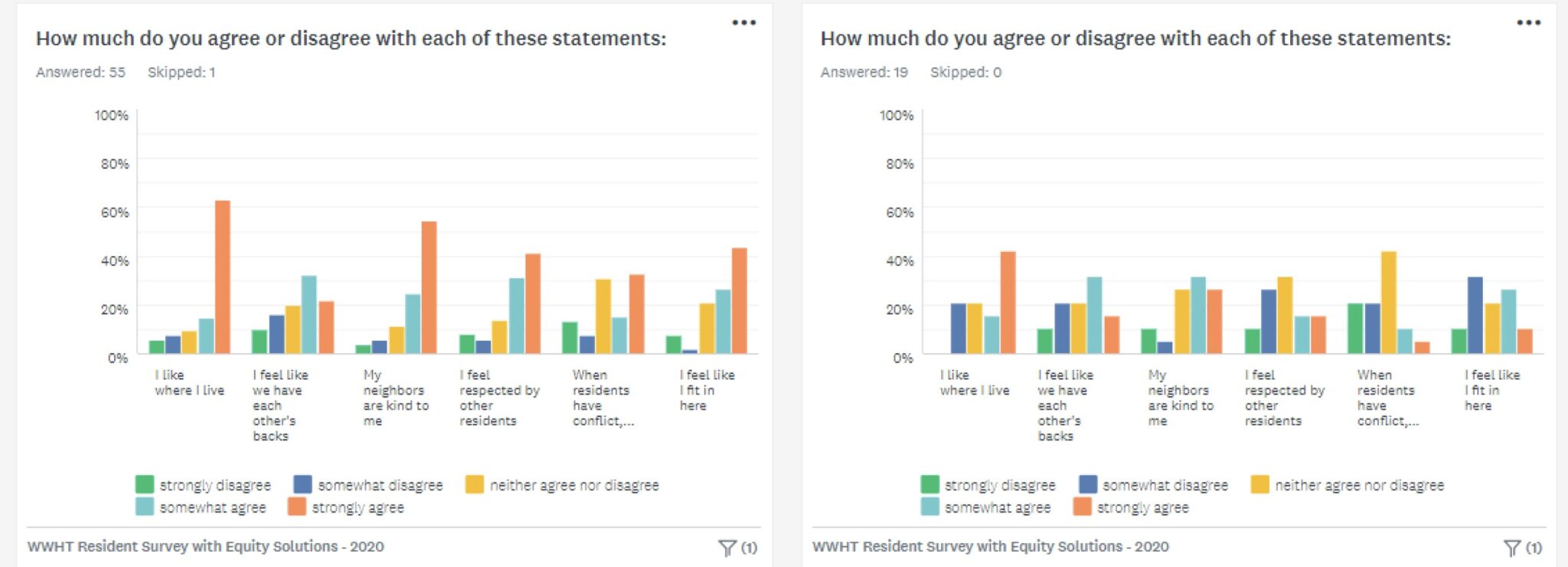
That question of capacity became the central theme for the entire planning process. Elizabeth explains, “We started by asking, what do we truly have capacity to accomplish? The decision to frame our plan with that underlying question came from our experience living through a global pandemic, and taking on some ambitious projects that stretched us to our limits. We wanted to be sure that our plan was ambitious, and also realistic.”
The other big theme focused on community impact. “We looked at a lot of data around the needs in the community. We looked at this issue of what to do about small towns, where we can’t do our traditional development work, because they don’t have the infrastructure. And that’s where the Londonderry project emerged.”
“When I originally reached out about getting involved with WWHT, I had a concern for rural communities like ours – how difficult it was to develop affordable housing options. We are a small town, about 1500 residents, and half of those are second home owners. We don’t have water and sewer, we’re not on any transportation network line — so we don’t qualify for a larger size project.”
“We are trying to develop one house that could be available for a family that would qualify as low- to moderate-income, and also to ensure its long term affordability. If we create a template that works to build that one house, we can use it again and we could also share that process with other small towns.”
Cynthia gives kudos to Elizabeth and her staff at the Housing Trust for innovative thinking, and for developing a strong, thoughtful, relevant strategic plan. “I’m so impressed with Elizabeth’s leadership and the staff — they know what they are doing. They are very responsive and caring, and it’s amazing what they accomplish.”
“I really love strategic planning,” says Elizabeth. “It gives the organization focus and direction, and the ability to really utilize our resources in an intentional way. Part of the challenge of being an effective organization is knowing when to say ‘yes’ and when to say ‘no.’ Strategic planning is a great way of figuring that out. It also gives us an opportunity to be aspirational.”
Elizabeth is grateful to have a board and leadership team willing to embrace the process. “People really engaged thoughtfully — they gave a lot of their time to the process and really dug into these issues with intention and care. That really speaks volumes about the quality of the board of directors and the leadership team.”
Financials
Statement of Activities
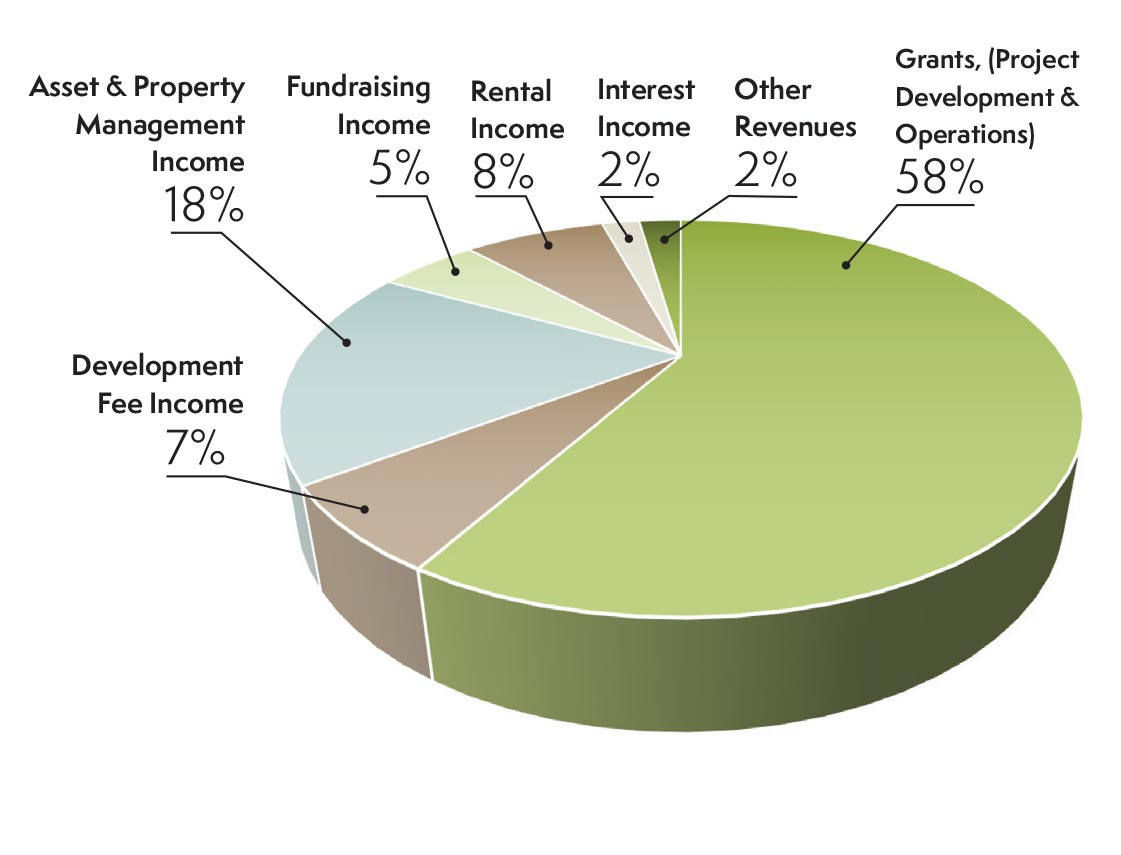
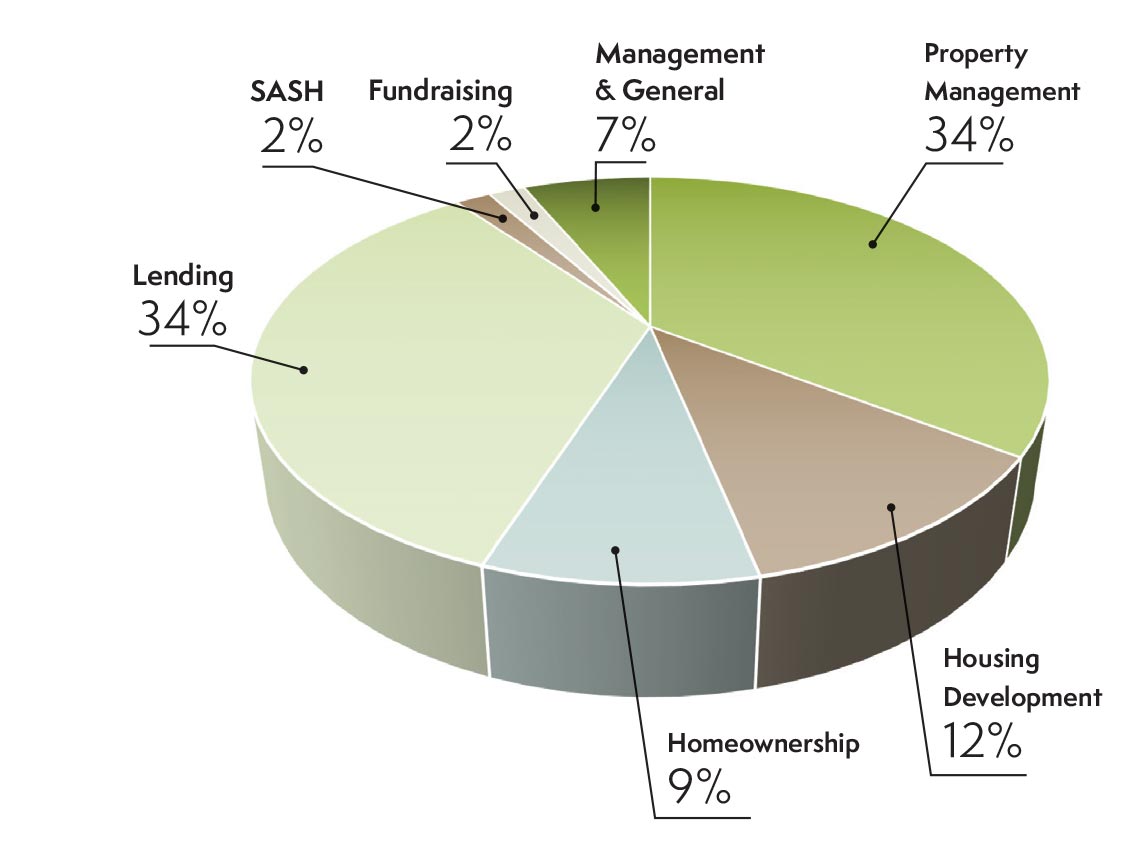
For more information, click here to read the complete financial report for the year 2021.
Financials
Individual/Business Donations
This year, we’ve seen the power of community. With the generosity of our donors, our homeowners have been able to navigate the competitive market and access expert home repair services and finances. When faced with foreclosure, we’ve worked with them to retain their homes, assist in accessing Covid relief funding, and identifying budgeting strategies. Private property owners were able to address pressing health and safety needs and bring new homes on the market for renters.
These gifts enabled us to respond to the voiced needs from our residents by creating a whole new team designed to support and build community connection. Supporting the wellbeing of individuals, families, and property level communities takes building trust, connection, and support. We’re thrilled with the response to this work and added capacity, complementing the work our partner organizations continue to provide.
Each gift becomes a new beginning for someone who has been experiencing chronic homelessness. During another year of the pandemic, every gift enables a family to live in a safe, secure house, to create community, and to give an elderly couple an accessible apartment to call home. We’re grateful to all our donors for providing a solid foundation for our community to thrive!
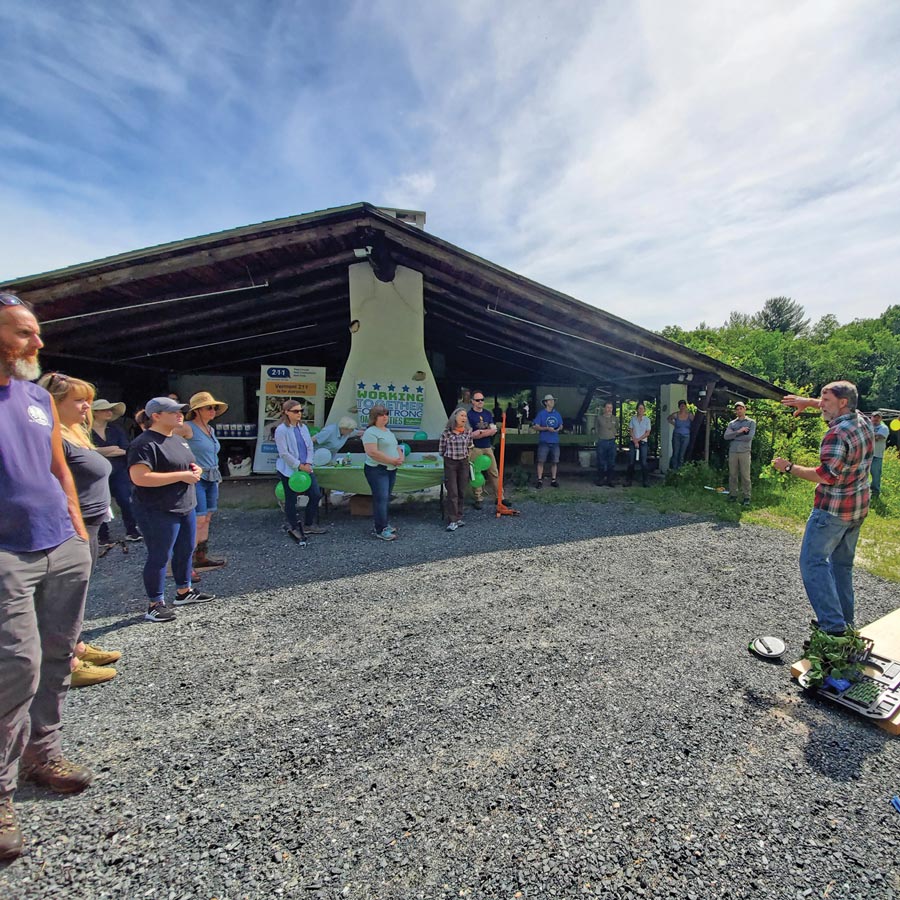
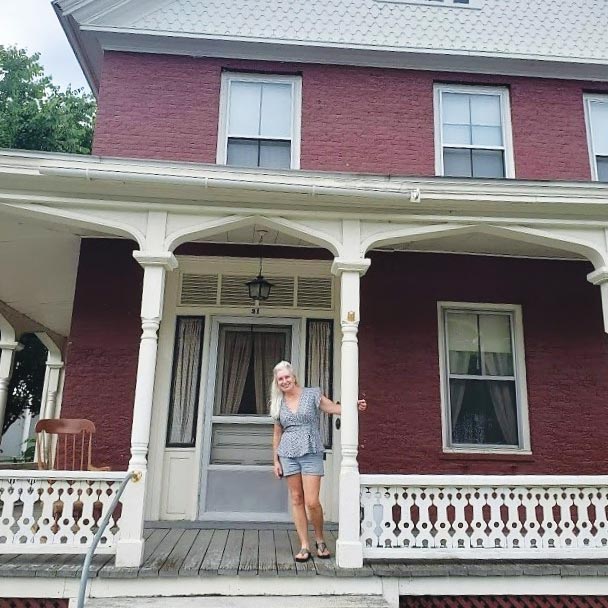
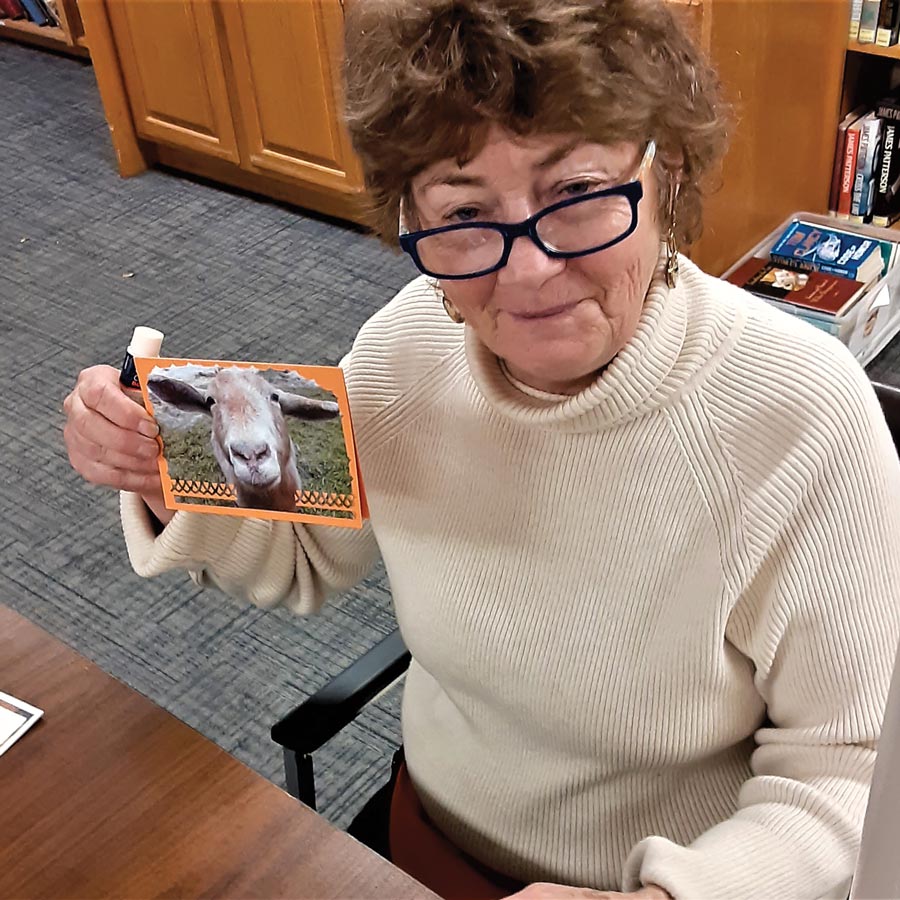
Donations
Individual Donations
Business Sponsorships
Windham & Windsor Housing Trust thanks our many supporters for their incredible generosity in 2021. The important work we’ve been able to accomplish this past year would not have been possible without you! Listed below are our current supporters — individuals, businesses, agencies, organizations, and foundations — who have made gifts between January 1, 2021 and December 31, 2021.
A special recognition to the tragic loss of a beloved community member, Tom Yahn, in early 2021. His dedication and commitment to equitable and thriving communities was remarkable. He inspired many throughout his life to join in the mission of supporting a vision of Vermont where everyone has access to a decent home and education. Many have given in his loving memory, the tributes are listed next to the names below and his impact rippled across the whole state through his work and wonderful presence.
Support Windham & Windsor Housing Trust
Housing Locations and Services
Areas We Serve
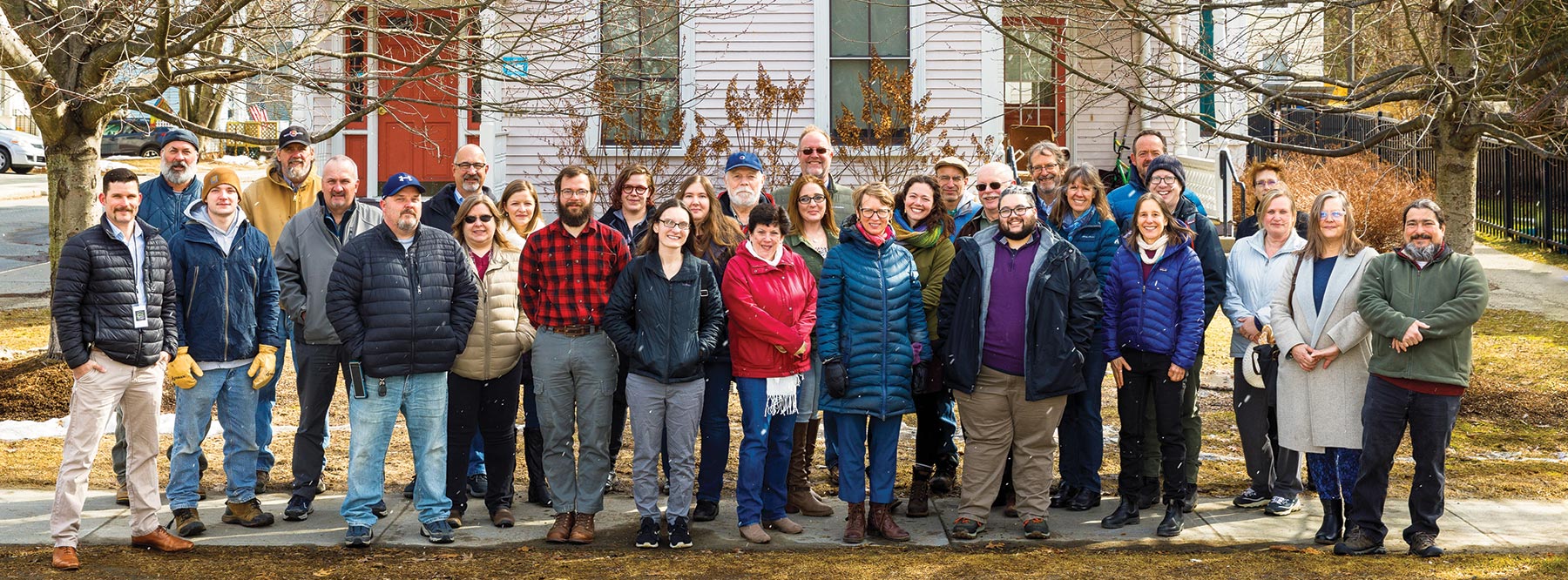
OUR STAFF BUILDING CONNECTIONS
OUR STAFF
BUILDING CONNECTIONS
Molly Bennett – SASH Coordinator
Elizabeth Bridgewater – Executive Director
Tara Brown – Lending Manager
Garry Card – Housing Services Coordinator
Steven Casabona – Housing Counselor
Robert Crego – Director of Asset & Property Management
Jeremy Freeman, Jr – Rehabilitation Specialist
Katherine Freyenhagen – Leasing Agent
Sandra Garland – Finance Director
David Grobe – Rehabilitation Specialist
Timothy Herzig – Staff Accountant
William Hodgman III – Property Manager
Philip Jones – Maintenance Technician
Lisa Kuneman – Development Assistant
Marion Major – Outreach & Program Coordinator
Polly Morris – Community Building Engagement
William Nickey – Human Resources Manager
Morey Page – Maintenance Supervisor
Peter Paggi – Development Director
Jeremy Paquette – Homeownership Coordinator
Susan Rousse – Compliance & Leasing Manager
Amanda Spaziano – Property Manager Assistant
Joyce St. Jean – Housing Services Coordinator
Travis Tarbox – Maintenance Technician
Robert Tarbox – Maintenance Technician
Bruce Whitney – Director of Homeownership
Katrina Willette – Accounting & Technician Specialist
Kayla Bernier-Wright – Housing Counselor
Chris Zappala – Maintenance Technician
OUR BOARD
Leadership Community
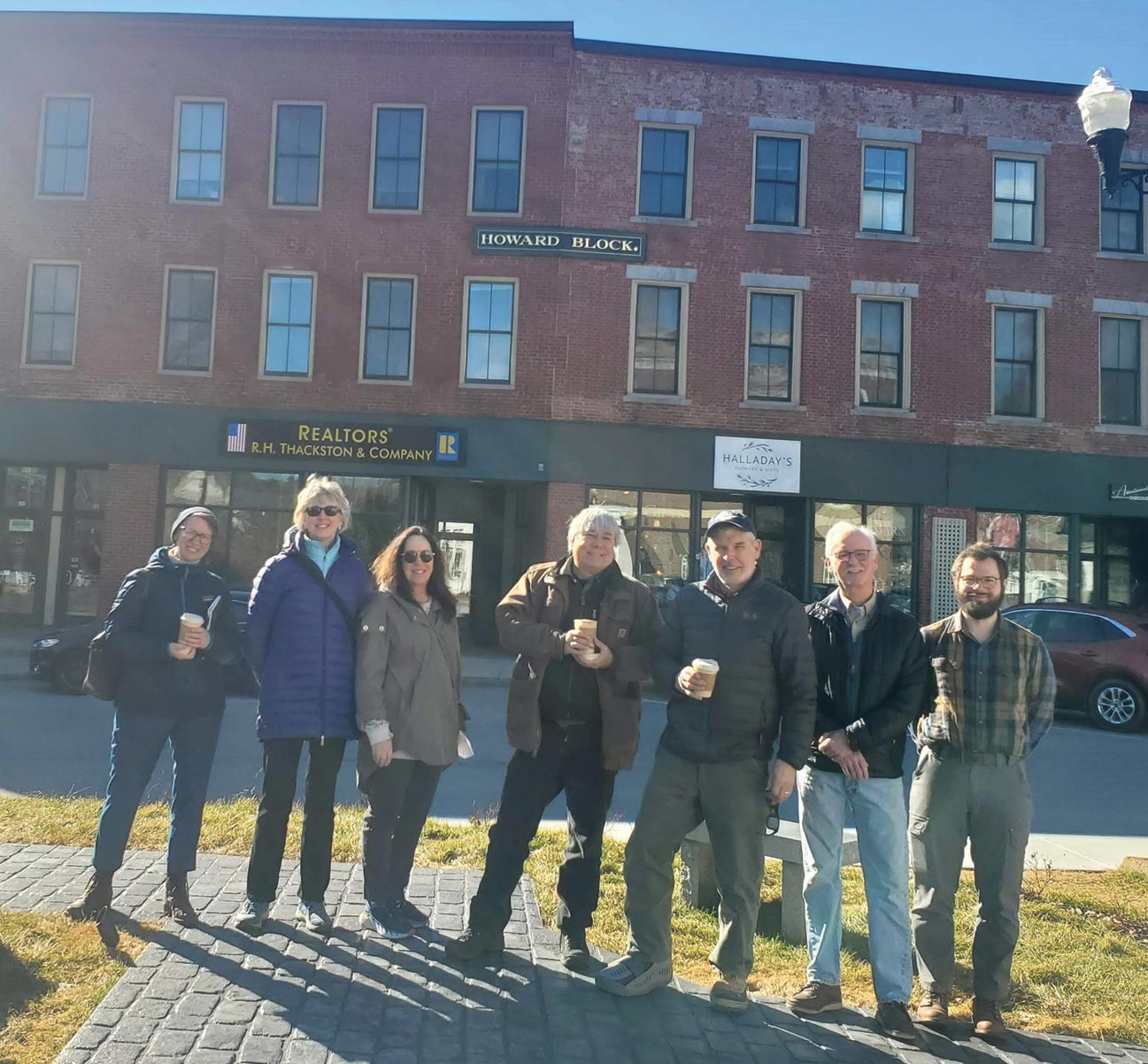
Assaduallah Akhlaqui
Christina Lively
Ellen Snyder
Dora Urujeni
Public Service Directors
Carol Buchdahl
Chuck Collins
Cynthia Gubb
Susan Brace
Leo Schiff
General Community Members
Debbie Boyle, TREASURER
Margaret Clark, VICE PRESIDENT
Denny Frehsee
Kate Jellema, SECRETARY
Victor Morrison, PRESIDENT
